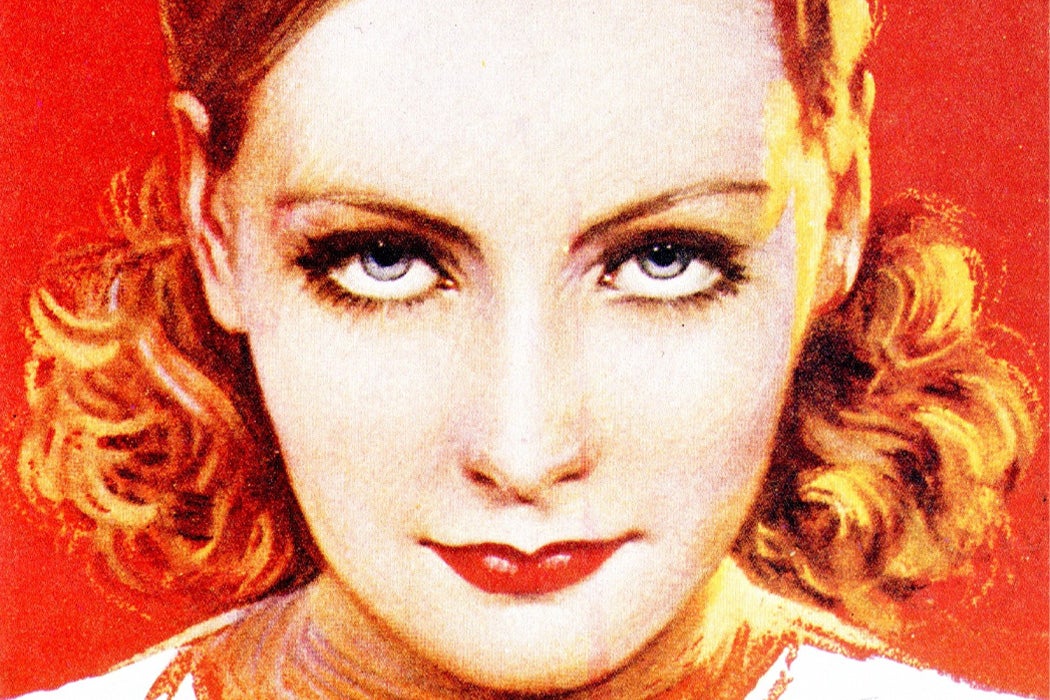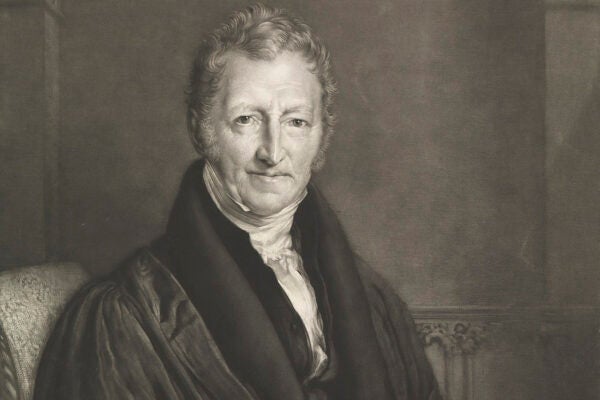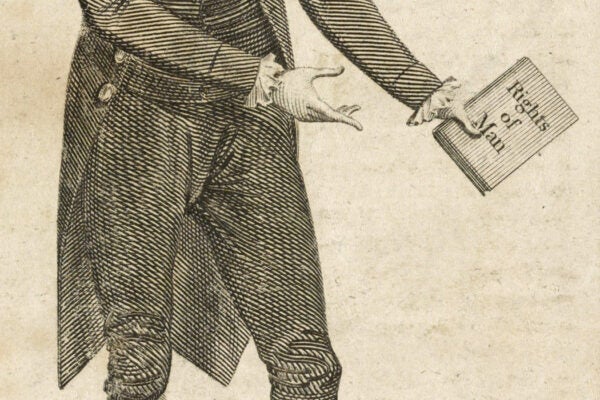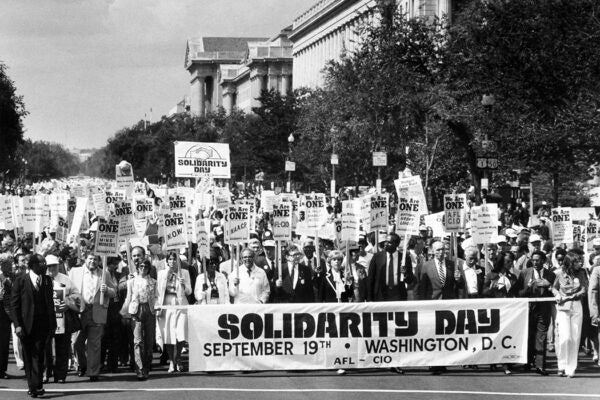The era of ubiquitous high-definition cameras has transformed the way many of us think about our image. Today, everyone has to be camera-ready. But that’s nothing compared to the rise of Technicolor in 1930s Hollywood. As art historian Kirsty Sinclair Dootson writes, two cosmetic giants battled for control of the movie makeup market in what Variety called “the Hollywood Powder Puff War.”
The first Technicolor feature film, Becky Sharp, was released in the summer of 1935. The movie came under critical attack for its unnatural skin tones and “gaudy” cosmetics. The trouble, Dootson writes, is that Technicolor stock required much brighter light than black-and-white film. But the high-intensity carbon arc lights that the studios brought in weren’t just really bright—they were really hot. Stars sweated through their old-fashioned greasepaint makeup, forcing cosmeticians to constantly retouch their work. Meanwhile, the light also reflected off the face paint, picking up bright colors from their surroundings for a highly saturated, extra-vivid appearance.
Two beauty magnates with eponymous companies came up with solutions: Elizabeth Arden’s Screen and Stage Make-Up and Max Factor’s Pan-Cake Make-Up. Screen and Stage got its first onscreen appearance in 1937’s A Star is Born, accompanied by a tie-in advertising campaign aimed at the growing consumer market for cosmetics. In the movie, a budding Hollywood star faces obnoxious movie-industry efforts to remake her appearance, including heavy-handed makeup artists, but ultimately succeeds through her natural good looks.
Ironically, that same (white) girl-next-door aesthetic limited the appeal of Arden’s makeup among regular consumers. Vogue warned readers that, away from the bright arc lights, it was apt to darken their complexions and should be saved “for balls and fancy dress” or “amateur theatricals.”
Even for use in film, Arden’s make-up solution was complicated, consisting of at least two foundation colors that had to be blended together in a particular way, as well as another product to remove it afterwards. It came packaged with a detailed instruction booklet.
Where Arden’s makeup was thick and waterproof, Factor’s consisted of a thin, translucent material that let light and oxygen penetrate. It used several pigments suspended in a colloidal mixture, allowing the color to blend with the actor’s complexion. Perhaps most importantly, it could be applied with a wet sponge, reducing time in the makeup chair from two hours to just over fifteen minutes. Factor embraced an efficient, industrial style, even developing a system for spray-painting extras much like cars on a production line.
Get Our Newsletter
And when Factor sold his makeup to home consumers, it was with a clear-cut system: choose matching powder, rouge, and lipstick based on a “type”—blonde, brown, brownette, or redhead. (The darkest skin tone available was “olive.”)
Ultimately, Dootson writes, by creating an efficient system and appealing to a particular image of natural beauty, Factor won the Powder Puff War







